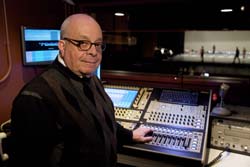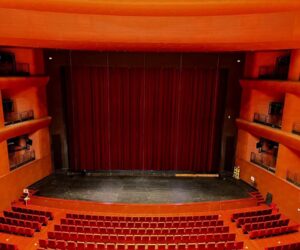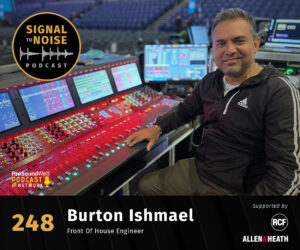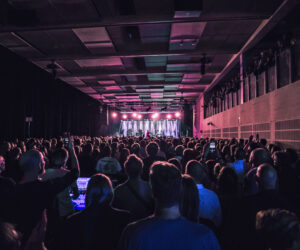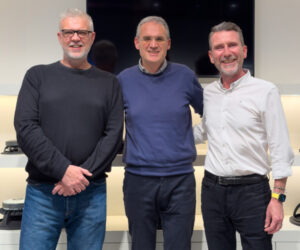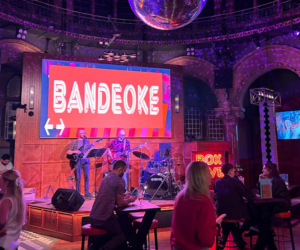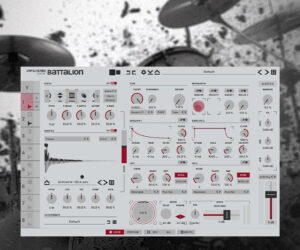The David H. Koch Theater, part of the Lincoln Center for the Performing Arts in New York City, has been home to the finest ballet and opera performances since opening in 1964.
Formerly the New York State Theatre, the historic structure was originally built as part of New York State’s cultural participation in the 1964-1965 World’s Fair.
During a multi-million dollar renovation that began in 2008, funded by billionaire philanthropist David H. Koch, the massive overhaul encompassed structural and architectural improvements, and eventually included a revamp of the theatre’s main audio system from analog to digital.
Abe Jacob, a renowned audio mixer/sound designer and the theatre’s Sound Supervisor worked in tandem with Lew Mead, Director of Autograph A2D, and Group One Ltd, both U.S. DiGiCo distributors, to spec in an SD8 console.
Both decided that the SD8 was an ideal choice, in terms of size and onboard features, for the theatre’s numerous requirements.
Through his work at the theatre, Jacob had enjoyed a long relationship with Autograph, and in fact, employed one of the first DiGiCo D5T’s in the city on the production of Rodgers and Hammerstein’s “Cinderella” in the spring of 2004.
For the majority of his lengthy career, Jacob has been instrumental in moving the profile of theatre sound to the forefront, in part due to his extensive background working in the rock and roll arena mixing for iconic bands such as The Mamas & Papas and Jimi Hendrix.
On the suggestion of Hendrix manager, Mike Jeffries, he moved to New York City in 1971, taking over the management of the guitar legend’s Electric Lady Studios. At the same time, Jacob was extensively involved in designing theatrical events, eventually transitioning into theatre full-time.
“My goal early on was to approach theatre sound like that of a concert,” he muses, “not in volume or in the extensiveness of it, but merely that the operator should be in the same room as the audience to hear what was going on.
Up until that time, the theatre soundman was usually the assistant electrician who usually just turned on and off the power from a simplified power mixer from backstage. I think what I brought to the theatre was involving the sound operator as part of the production.”
When an extensive renovation of the Koch Theatre began in 2008, it was an opportunity for Jacob to wield his influence on the sound component of the theatre, even though the audio equipment was never part of the initial revamp discussion.
“Two years ago, the first part of the renovation was in essence to increase the size of the orchestra pit and to allow for a better stage for the performers,” explains Jacob, who is also the audio consultant for City Opera.
“At the same time, the stage was put on a lift so it could be raised or lowered to various heights, and the electrical infrastructure for the lighting, sound, communications and video was replaced.”
“As the renovation got more detailed, the work included architectural renovation to the theatre sidewalls and removal of the carpet to make it more acoustically friendly for the onstage vocals, which has always been a major problem since the theatre was originally designed for dance. “
“A section of the original continental seating was removed to include two side aisles, which did improve the acoustical response, but still nothing in respect to the sound had been discussed. As we got more involved, bringing the theatre up to code for ADA accessibility requirements, an epaulet in the new area had to be installed.”
“The only place to do so was the area of the existing sound booth. What was small to begin with, was literally cut in half in overall size. I was able to use that as a pressure to replace the existing analog console, which would’ve been too large for the new space, with the DiGiCo SD8.”


